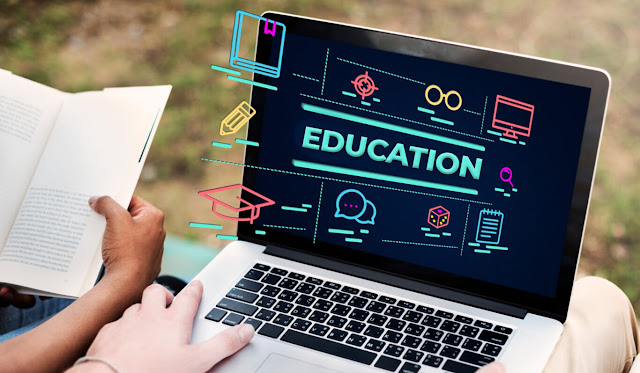Technology and Education
The Transformative Alliance: Technology and Education in the 21st Century
Introduction:
In the ever-evolving landscape of education, technology stands as a beacon of innovation, reshaping traditional paradigms and revolutionizing the learning experience. As we stride deeper into the 21st century, the alliance between technology and education grows stronger, presenting unprecedented opportunities and challenges alike. This article delves into the dynamic relationship between technology and education, exploring its profound impact on pedagogy, access, and the future of learning.
Bridging Gaps: The Power of Accessible Education
Technology has emerged as a powerful tool for bridging the gap between educational resources and learners worldwide. With the proliferation of online platforms, educational content is no longer confined within the walls of traditional classrooms. From Massive Open Online Courses (MOOCs) to interactive learning applications, technology has democratized access to knowledge, empowering learners regardless of geographical location or socioeconomic status.
Personalized Learning: Tailoring Education to Individual Needs
One of the most significant advancements facilitated by technology is the rise of personalized learning. Through adaptive learning algorithms and data analytics, educational platforms can tailor content to match the unique learning styles and pace of individual students. This personalized approach not only enhances engagement but also fosters a deeper understanding of subject matter, paving the way for more effective learning outcomes.
Augmented Reality (AR) and Virtual Reality (VR): Immersive Learning Experiences
The integration of augmented reality (AR) and virtual reality (VR) technologies has ushered in a new era of immersive learning experiences. By simulating real-world environments and scenarios, AR and VR applications enable students to engage with complex concepts in a hands-on manner. Whether exploring ancient civilizations or conducting virtual science experiments, these technologies offer a dynamic and interactive approach to education, sparking curiosity and creativity in learners of all ages.
Collaborative Learning: Breaking Down Geographical Barriers
Technology has transcended geographical barriers, enabling collaborative learning on a global scale. Through online forums, video conferencing tools, and collaborative platforms, students can connect with peers and educators from diverse backgrounds, fostering cross-cultural understanding and collaboration. This interconnectedness not only enriches the learning experience but also prepares students for the globalized world they will inhabit as future leaders and innovators.
Artificial Intelligence (AI) in Education: From Assessment to Personalized Feedback
Artificial intelligence (AI) is revolutionizing various facets of education, from automated grading systems to intelligent tutoring systems. By analyzing vast amounts of data, AI algorithms can provide personalized feedback to students, identifying areas of strength and weakness and offering tailored learning pathways. Additionally, AI-driven assessment tools can alleviate the burden on educators, allowing them to focus more on personalized instruction and student support.
Ethical Considerations: Navigating the Digital Divide and Data Privacy
While the integration of technology in education holds immense promise, it also raises ethical considerations that must be addressed. The digital divide, characterized by disparities in access to technology and internet connectivity, remains a significant challenge, particularly in underserved communities. Moreover, concerns surrounding data privacy and security loom large in an increasingly digitized educational landscape, highlighting the need for robust safeguards and ethical guidelines.
The Future of Learning: Embracing Innovation and Adaptation
As we gaze into the future, the alliance between technology and education shows no signs of slowing down. From artificial intelligence to blockchain technology, the possibilities for innovation are endless. However, realizing the full potential of technology in education requires a concerted effort to embrace change, foster collaboration, and prioritize inclusivity. By harnessing the transformative power of technology, we can create a more equitable, accessible, and enriching learning environment for generations to come.
Conclusion:
In the grand tapestry of human progress, the fusion of technology and education stands as a testament to our capacity for innovation and adaptation. From personalized learning experiences to global collaboration, technology has become an indispensable ally in the pursuit of knowledge and enlightenment. As we navigate the complexities of the 21st century, let us seize the opportunities afforded by technology to create a brighter, more inclusive future for all learners, where the boundaries of possibility are limited only by the bounds of our imagination.





Comments
Post a Comment